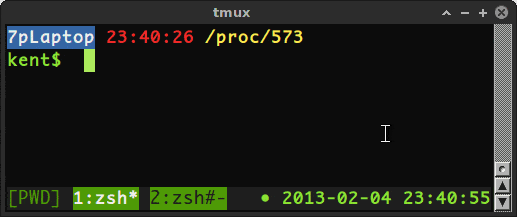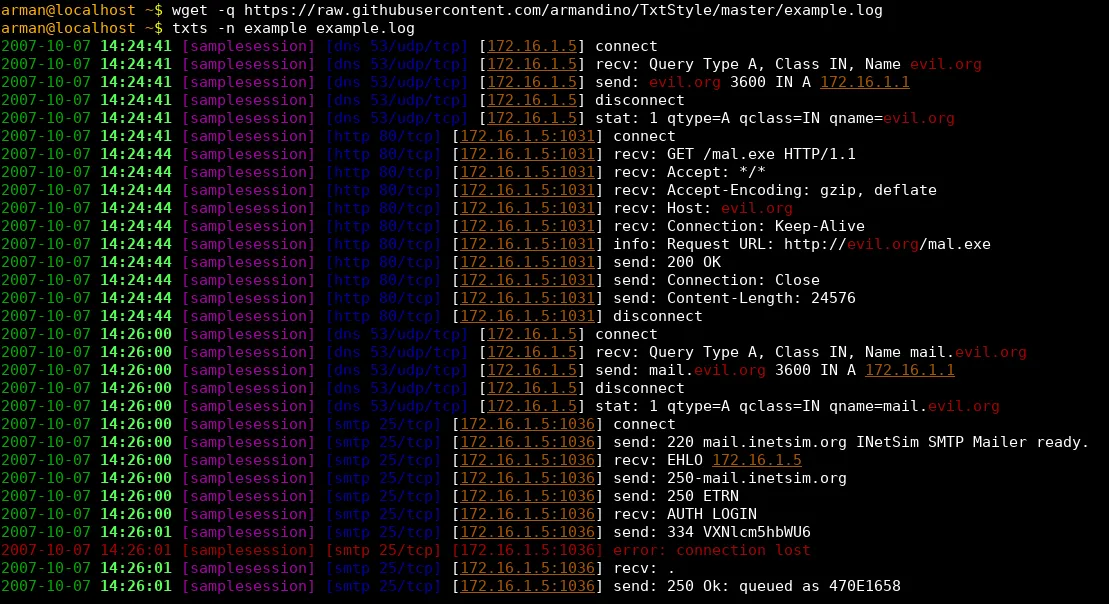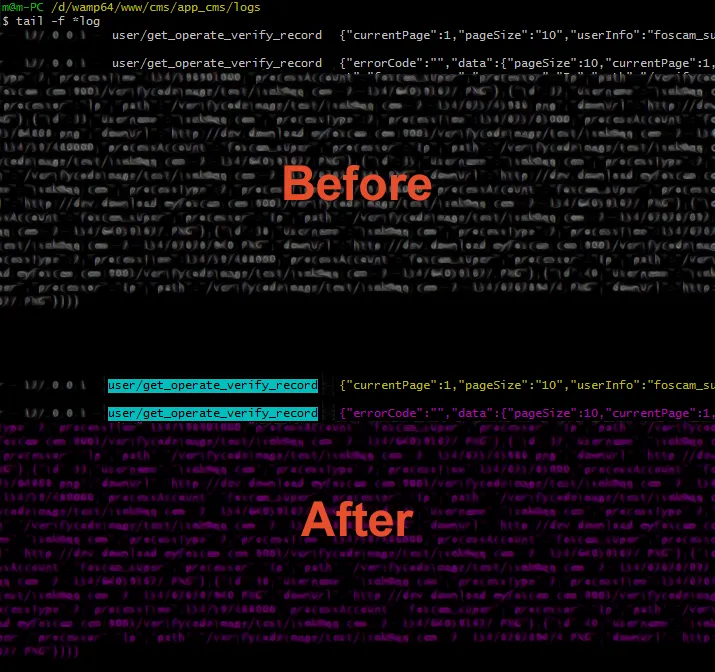我一直在尝试使服务器启动时的日志输出更易读。我的当前命令会过滤掉大部分启动时的 INFO 和 DEBUG 信息:
tail -F ../server/durango/log/server.log | grep -e "ERROR" -e "WARN" -e "Shutdown" -e "MicroKernel" | grep --color=auto -E 'MicroKernel|$'




grep命令,它更容易一些,因为你不需要知道任何 ANSI 转义序列。 - Trevor Boyd Smith